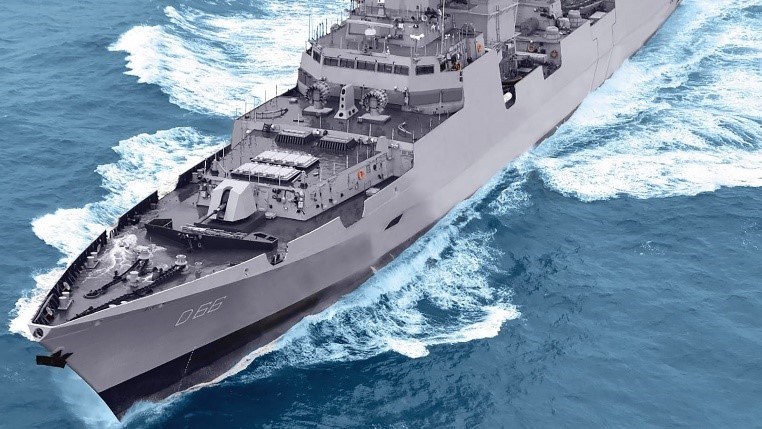Free Courses Sale ends Soon, Get It Now


Free Courses Sale ends Soon, Get It Now



Disclaimer: Copyright infringement not intended.
Context
Destroyer
INS Visakhapatnam
A guided-missile destroyer (DDG) is a destroyer whose primary armament is guided missiles so they can provide anti-aircraft warfare screening for the fleet.
|
RADAR CROSS-SECTION (RCS) Radar cross-section (RCS), denoted σ, also called radar signature, is a measure of how detectable an object is by radar. A larger RCS indicates that an object is more easily detected. |
Visakhapatnam-Class Destroyers
Features
India and Oman Strategic Partnership
|
PRACTICE QUESTION Q. Consider the following statements with reference to P-15 Bravo class of Guided-Missile Destroyers: 1. The P-15 Bravo class of guided-missile destroyers are equipped with a "Total Atmosphere Control System" (TAC). 2. The destroyers are equipped with nuclear, biological and chemical warfare (NBC) protective equipment. 3. 100% of the destroyers' components are indigenously sourced. How many of the above statements are incorrect? (a) Only one (b) Only two (c) All three (d) None Correct Answer: (a) Only one Statements 1 and 2 are correct. |
© 2024 iasgyan. All right reserved